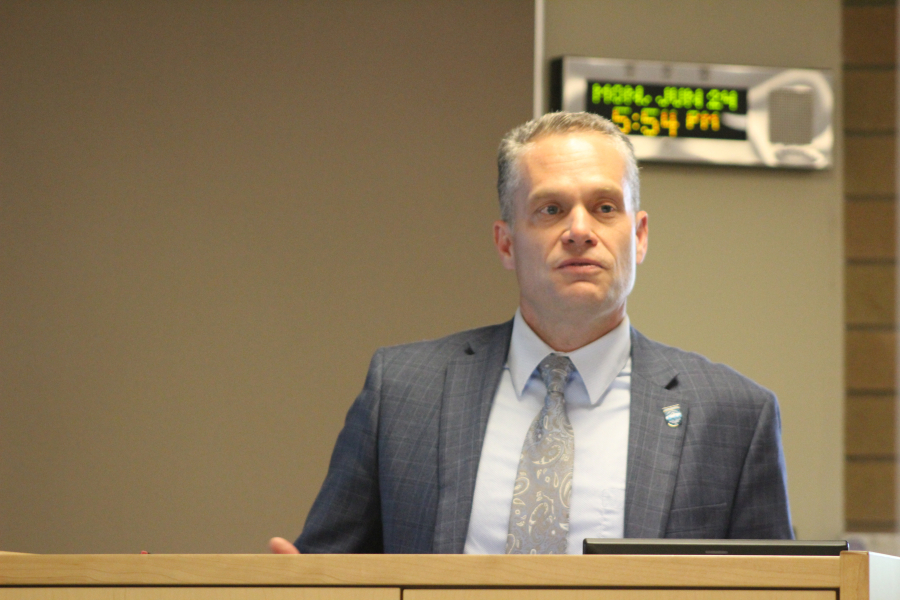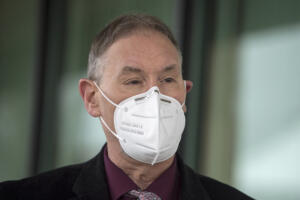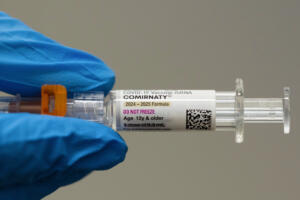Local students will start the 2020-21 school year online due to the still-present dangers of COVID-19, but Camas School District leaders remain focused on bringing students back to the classroom as soon as it’s safe to do so.
“Staff are working hard to figure out how to welcome families in this virtual world,” Camas School District Superintendent Jeff Snell told Camas school board members Monday, Aug. 24, at the board’s remote meeting. “(A remote start to the year) doesn’t mean our goal has changed. We want (students) on campus in a safe way. We want to protect students and staff but also not contribute to transmission rates in our community. We have a responsibility to do that.”
Camas school leaders have been working with regional school district administrators, the state’s department of health and county public health experts to determine when and how to safely bring students back to the classroom.
Washington’s Department of Health has provided a framework to help school district officials determine when to return to in-person learning. A number of factors must occur before Camas students can come back to the classroom, Snell said.
Among those factors: a three-week period of low to moderate COVID-19 activity in Clark County with fewer than 75 cases per 100,000 people and a determination that bringing younger, elementary school students back to the classroom has not caused an increase in community COVID-19 cases.





